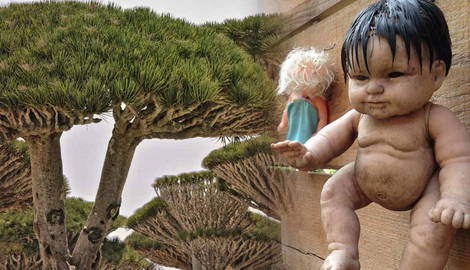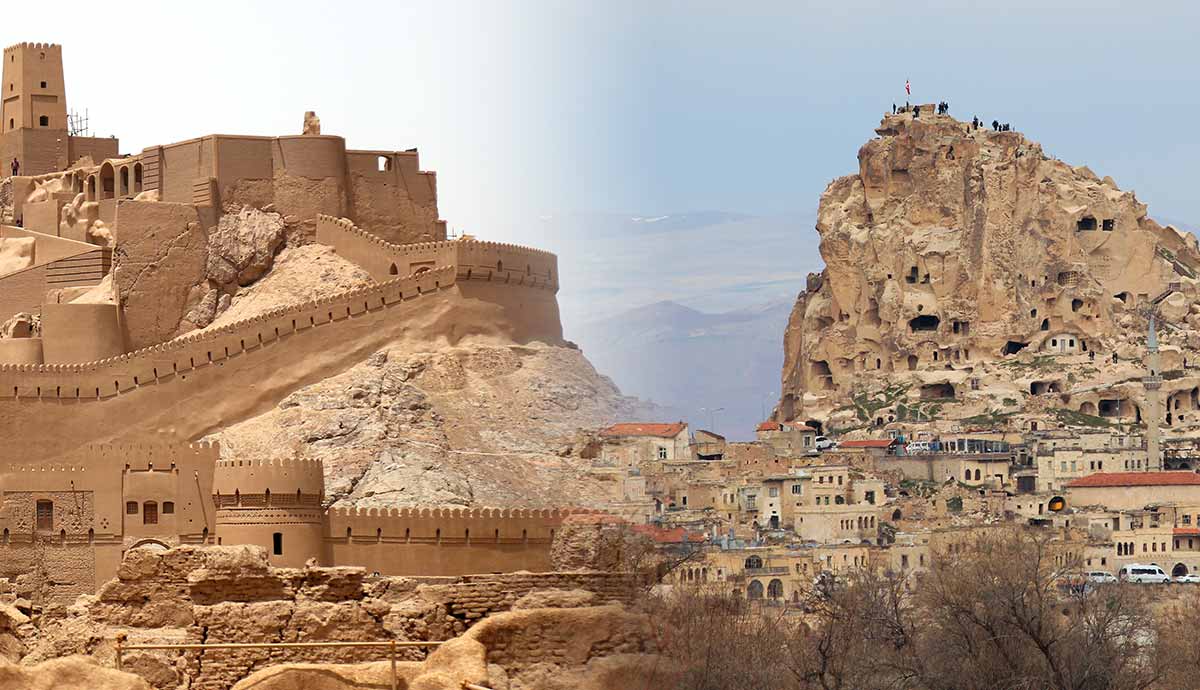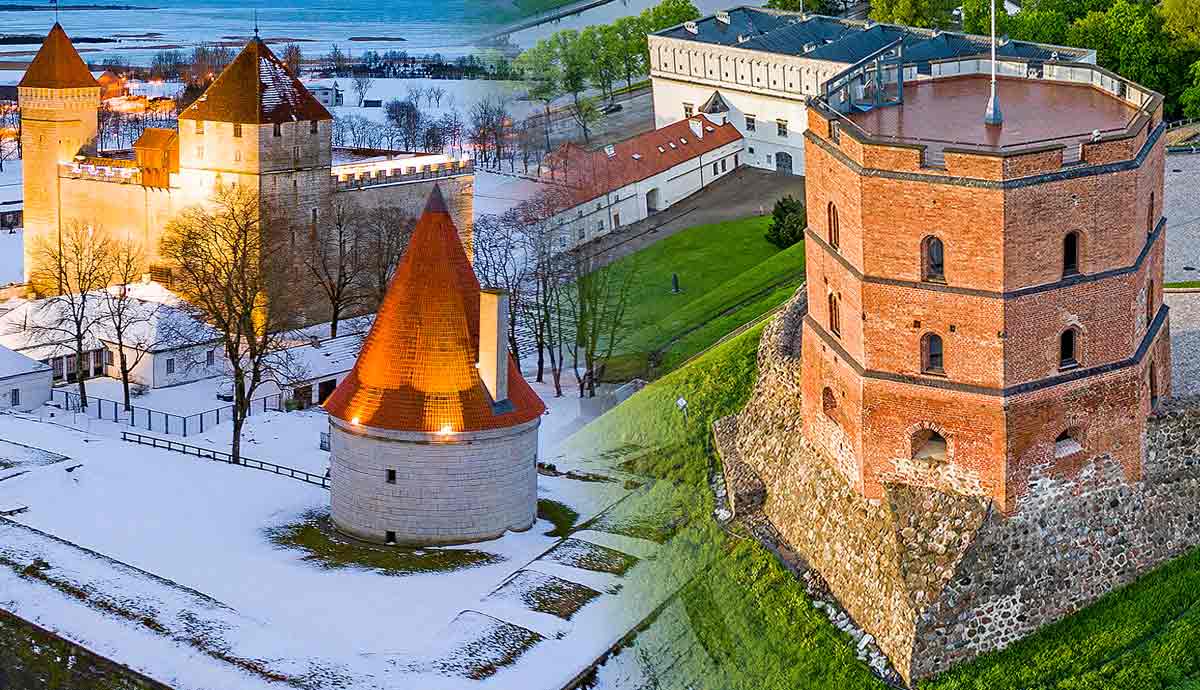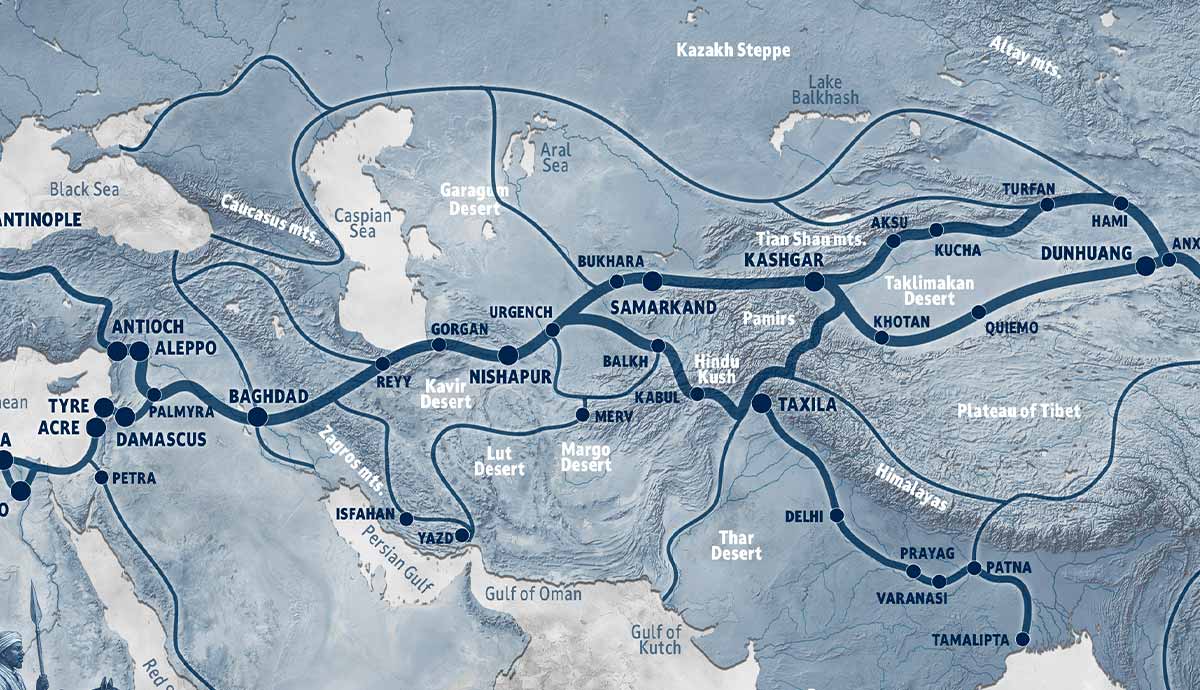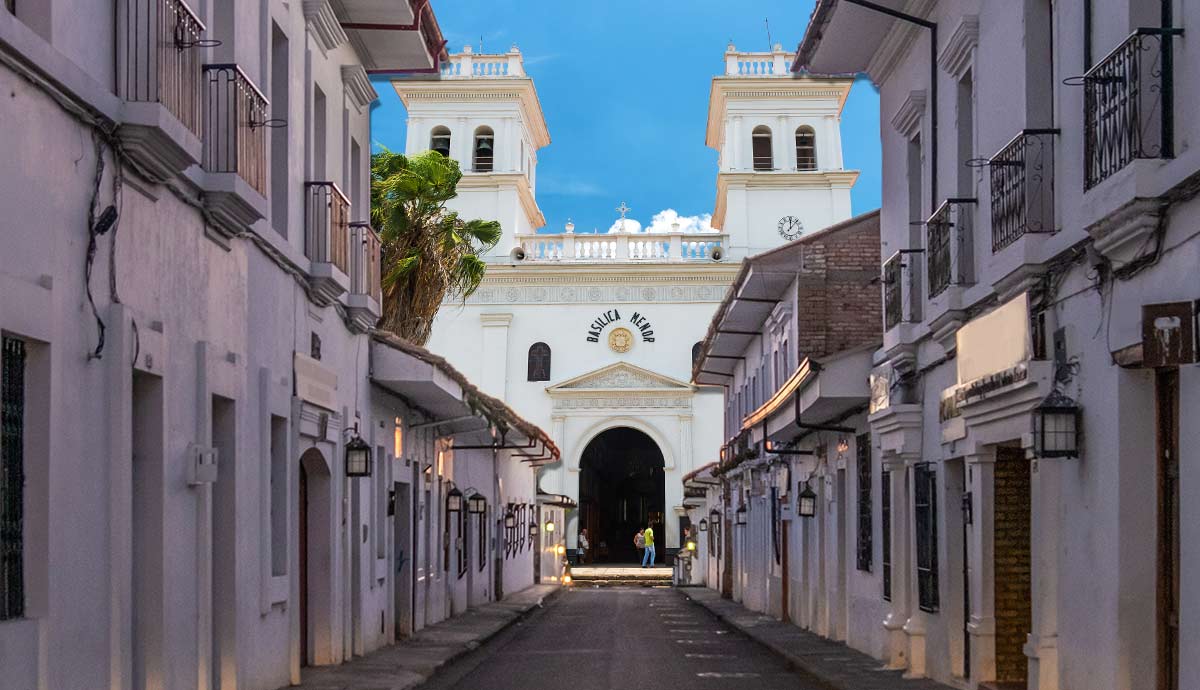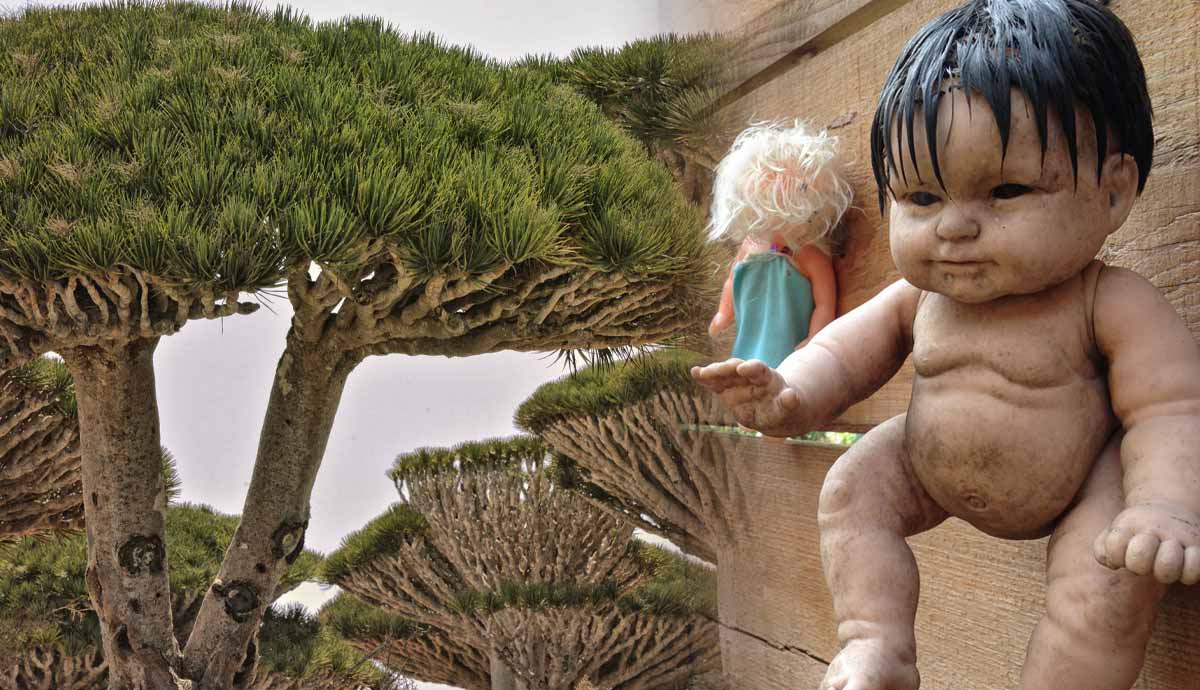
Depending on the criteria of what classifies a landmass as an island, between a few thousand and one million islands are covering the globe. Some are huge land masses home to millions of people, while others are nothing more than a rock sticking out of the ocean.
Every one is unique in its own way. Many of these islands are fascinatingly strange. Some have natural features with flora and fauna that seem alien, while others harbor secrets of the people who once lived on them and have since disappeared.
These are 5 of the world’s strangest islands.
1. Rapa Nui/Easter Island: Home of the Moai

Rapa Nui is an island full of mysteries and secrets. When Dutch explorer Jacob Roggeveen first discovered the island in 1722, he and his crew were amazed by the giant moai, huge stone heads that dot the island in vast quantities.
Europeans weren’t the first people to discover the island, however. According to most theories, it was the Polynesians who arrived many centuries before. At its height, the civilization they built supported around 15,000 people, but when the Europeans arrived, only 3,000 people remained.
The civilization’s downfall on Rapa Nui resulted from stripping the island of its resources to the point where the entire island was deforested. Without wood, the inhabitants couldn’t build boats to go fishing.

The most striking feature of the island today is the moai statues, which are said to have been created to connect the living with the dead. Around 1,000 of them are on the island, and they weigh an average of 40 tons each, although some are more than twice as heavy. The construction of the moai is thought to be the main cause of the island’s ecological collapse.
Visits by Europeans were intermittent until the mid-19th century when Rapa Nui was raided to enslave any Indigenous inhabitants. Some of the islanders managed to return but brought deadly diseases with them, further decimating what was left of the Rapa Nuian population.
Of those taken away from the island were the only people who could read and write the Rongorongo script. The written legacy of the original Rapa Nuians remains a mystery, as linguists to date have not been able to decipher the script.
2. Gaiola Island: A Curse of Tragedy and Ruin

Just off the coast of Naples is a small but beautifully formed island known as Gaiola. Although there is a villa on the island, it remains abandoned, largely due to the belief that it is cursed.
This small island is actually two islets connected by a bridge and was inhabited during Roman times. The curse’s origin, however, begins in the 1800s when it was inhabited by Il Mago (The Wizard), a hermit who made a home there but later vanished without a trace.
In 1874, a wealthy businessman, Luigi di Negri, purchased the island and built the villa. Soon after, he went unexpectedly bankrupt. Tragedy struck again in 1911 when Gaspar Albenga sailed around the island, inspecting it with the intention to buy it. He crashed into the rocks and drowned, although some versions of this story have him and his boat vanishing without a trace.

The next owner of the island was a Swiss businessman named Hans Braun. He was murdered, and his body was found wrapped in a rug in his home. The subsequent owner, Otto Grunback, died of a heart attack while visiting the villa.
Maurice-Yves Sandoz, a Swiss businessman in the pharmaceutical industry, was the next owner and went insane. He was sent to an asylum, where he committed suicide in 1958. A German businessman, Baron Karl Paul Langheim, was the next owner, and he went bankrupt and sold the island to Gianni Agnelli, the owner of Fiat, who subsequently suffered many tragic deaths in his family.
John Paul Getty owned the island next. His eldest son committed suicide, his youngest son, Timothy, died of a brain tumor at the age of 12, and his grandson was kidnapped.
Gianpasquale Grappone was the last owner, and he was jailed due to unpaid debt. The island is now owned by the Campania Region in Italy.
Given its history, it’s no wonder this island has a reputation for bringing misfortune to owners and visitors alike!
3. Socotra: An Otherworldly Realm

Lying between the Guardafui Channel and the Arabian Sea, the Yemeni island of Socotra has a rich history but is best known for its unique biodiversity, which includes the alien-looking dragon’s blood tree (Dracaena cinnabari), so named for the red sap that the tree produces.
Ownership of the island has changed many times over the course of its history. During ancient times, it was a notable stop on important trade routes in the region. In 880 CE, it was conquered by Aksumite (mostly modern Ethiopia) forces before being taken by Oman several years later. During the colonial era, the Portuguese set up a base of operations in 1507 but abandoned the island four years later due to famine, sickness, and the lack of a natural harbor.

The Mahra Sultanate owned the island for hundreds of years and refused to sell it to the British East India Company. After the Mahra Sultanate was abolished in 1967, Socotra became part of South Yemen, which unified with North Yemen in 1990.
In more recent years, the island has been a target for the attention of the United Arab Emirates and Saudi Arabia, which have deployed troops there as a result of the Saudi-led Intervention in Yemen.

What is remarkable about the island is its unique flora and fauna. From dunes to mountains, plateaus, and wadis, the island’s biomes are home to nearly 700 endemic species, an impressive number given the island’s size of 1,466 square miles (3,796 square kilometers), which by comparison is slightly smaller than Rhode Island.
The flora also includes the oddly shaped giant succulent tree (Dorstenia gigas), the cucumber tree (Dendrosicyos socotranus), and the rare Socotran pomegranate (Punica protopunica).
Despite the difficulty of getting to the island and the onset of the Yemen conflict, Socotra has sparked interest among travelers who wish to experience its unique habitat.
4. Aoshima: An Island Full of Cats

Twenty miles southwest of the city of Matsuyama, in the sea between Shikoku and Honshu, lies a little island called Aoshima. It is a popular tourist destination for visitors who travel to the island for one thing: to feed cats!
Aoshima used to be an important fishing site and cats were introduced on boats to combat the rodent population. Disembarking on the island, the cats roamed free and reproduced to the point where they now outnumber the local inhabitants quite significantly.

With the depletion of the sardine fisheries, many of the island’s inhabitants moved elsewhere while the felines remained. Aoshima’s human population now stands at five (as of May 2023), while the cat population is estimated to be over 200, the vast majority of which were spayed and neutered by February 2018.
Although technically feral, the cats pose no threat to humans and are generally quite friendly. This is because they are fed from donations from all over Japan and have plenty of contact with human visitors.
Cats are popular in Japan, and the island has gained a reputation for being a place worth visiting. Cat-loving tourists frequent Aoshima, paying their respects to its furry inhabitants.
5. The Island of the Dolls: A Creepy Place Born From Tragedy

Located in the channels of Xochimilco to the south of Mexico City is an island that is as strange as it is unnerving.
In the 20th century, the island was owned by a reclusive man, Don Julián Santana Barrera, who hung dolls up all over the island. According to legend, Barrera encountered a girl in the river and failed to save her. The next day, he picked a doll out of the water, and believing it belonged to the girl, he hung it up in her memory. In some versions of the events, a doll floated down the river the next day, and Barerra hung that one up, too. Whatever the legends claim, Barerra continued collecting dolls and hanging them up around the island, which was said to now be haunted by the girl.

Barerra’s death is also subject to local legend. In 2001, Barerra’s nephew visited him, and Barerra claimed that the mermaids were calling him. The next day, at the age of 80, the man was found dead, face-first in the water where he had found the girl’s body.
Barerra’s family subsequently opened the island to the public. Now known as La Isla de las Muñecas (Island of the Dolls), it has become a destination for dark tourism. Visitors claim the island’s dolls whisper to each other and can sometimes be seen moving. Some even go to the island to place offerings and change the dolls’ clothes in a form of reverence for the spirits.

The world is full of unusual places. These places evoke wonder through their charm, uniqueness, mind-boggling stories, or profound eeriness. Some of these places are islands, fully enclosed worlds surrounded by sea—a factor that adds to their fascinating mystique.
